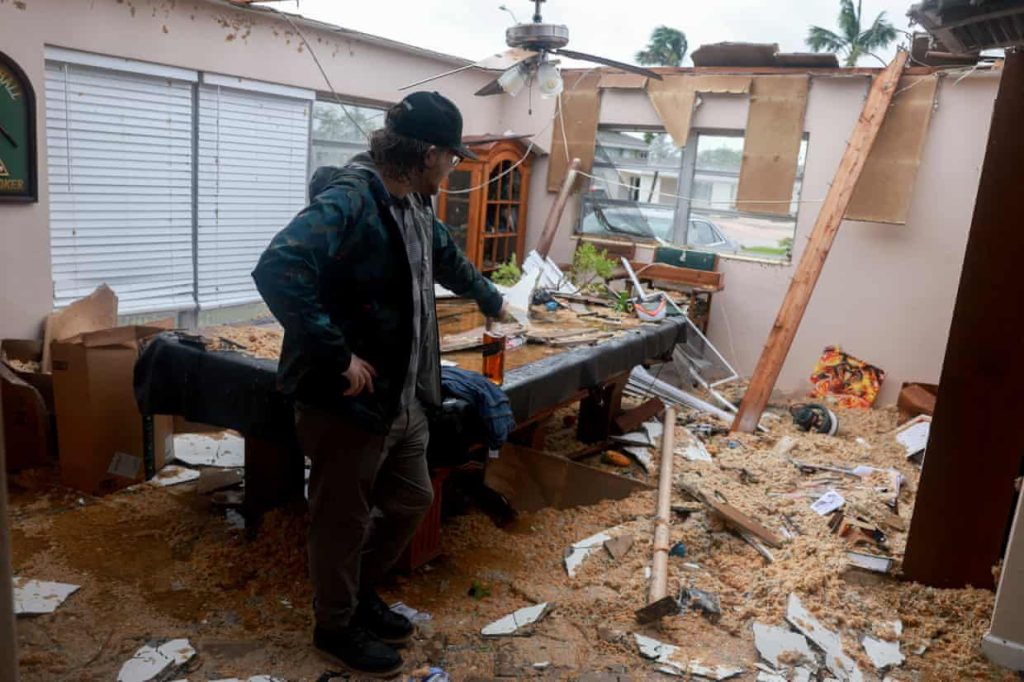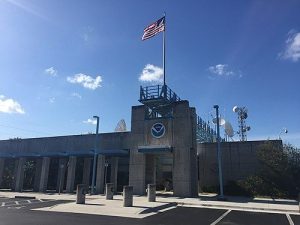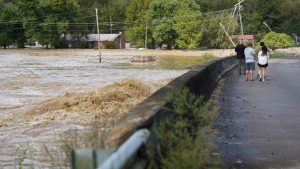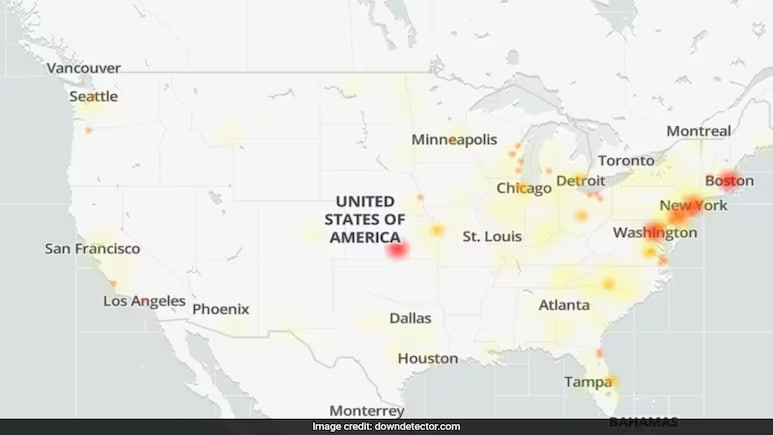Hurricane Milton, now downgraded to a tropical storm, has wreaked havoc across Florida, leaving a trail of destruction in its wake. As of early Thursday morning, the storm has been responsible for over 130 tornado warnings statewide, leading to significant damage, particularly in rural areas south of Orlando. Mobile homes were destroyed, and local officials reported injuries as tornadoes touched down.
Rainfall has been catastrophic, with some regions experiencing flash floods as deep as knee-high on roadways. In Lee County, Fort Myers reported severe flooding, prompting emergency services to urge residents to stay indoors. As Milton moves northeast, parts of Florida are still under flash flood warnings, and residents are advised to remain cautious.
Despite the storm’s weakening, its impact is expected to linger, with recovery efforts beginning as soon as conditions allow. As Florida braces for the aftermath, officials are working diligently to assess the damage and restore power to the nearly 3 million residents who lost electricity during the storm.
As Hurricane Milton approaches Florida’s west-central coast, residents are bracing for what could be one of the most catastrophic storms in the state’s history. Currently classified as a Category 5 hurricane, Milton has sustained winds of around 160 mph and is set to make landfall tonight in the Tampa Bay area, a region that has not experienced a direct hit from a major hurricane since 1921.
Florida Governor Ron DeSantis has emphasized the severe nature of Milton, indicating that communities should prepare for extensive damage. The hurricane is expected to bring torrential rains, potentially delivering up to 12 inches in some areas, leading to flash flooding and further complicating evacuation efforts.
Residents still in Milton’s path are urged to secure their homes and follow local advisories, as the storm’s rapid intensification poses a serious risk to safety. As the situation develops, officials are closely monitoring the storm’s trajectory and impacts, preparing to respond to emergencies as needed.
For continuous updates and more information, residents are encouraged to stay tuned to local news sources and the National Hurricane Center.
For ongoing updates and further details on recovery efforts, check local news sources and emergency management advisories.






